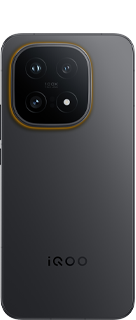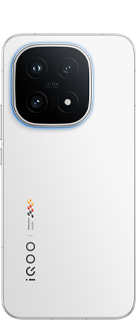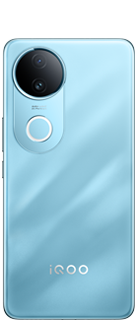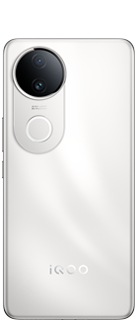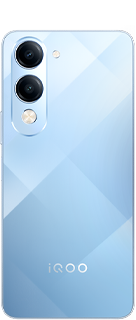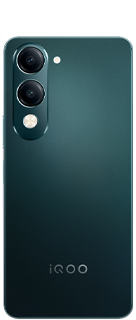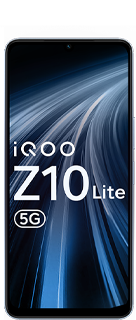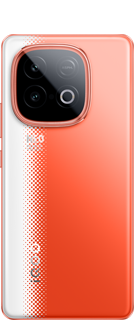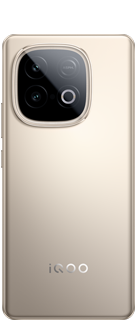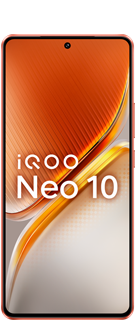AnTuTu Benchmark : Explained
We all have seen benchmark tests in online phone reviews and many of us don't know what they mean. Recently iQOO 7 had got an AnTuTu Benchmark score of 817309. You might know that a higher score is better, but what exactly do those scores mean? Today, we will be discussing about the AnTuTuBenchmark, and what the score means.

What is AnTuTu?
AnTuTu is an app that runs your phone through various benchmark tests to see how well it performs. It can run on both Android and iOS, across different brands of devices and different chipset manufacturers. It’s a great tool to compare the relative performance of two phones because it covers four main categories that dictate a phone’s overall performance: CPU, GPU, Memory, and User Experience.
A higher CPU score is good for almost every case since all your applications use some CPU power to function. The GPU score determines how well your phone handles games and other GPU accelerated processes. Having a higher memory score determines how fast and snappy your phone feels. While opening applications do use some CPU horsepower, the ROM sequential and random reads affect how fast your phone can open applications and files. User Experience benchmarks test how well the phone performs doing day-to-day tasks. The end score is the aggregate of the results of the four categories.
How are AnTuTu scores determined?
In the latest, 8th version of AnTuTu, the four categories are broken into different tests to show how well these components perform. The CPU score is gauged by how well it handles CPU Mathematical Operations, CPU Common Algorithms, and how the CPU handles multi-threaded workloads. The GPU score is tested by rendering three scenes which use different APIs: Terracotta (Vulkan), Coastline (Vulkan), and Refinery (OpenGL ES3.1+AEP).
The memory score is obtained by testing how well both the RAM and ROM performs in accessing the RAM and ROM APP IO, sequential read, sequential write, and random access. Lastly, the User Experience (UX) category is taken from testing for Data Security, Data Processing, Image processing, and the User Experience.
The Standard AnTuTu Test
Once you have downloaded and installed the AnTuTu app, the first test it asks you to run is its standard benchmark test. Here is what each AnTuTu score means if you run this test.
1. Overall Score
Like other benchmark apps, AnTuTu gives your device an overall numerical score as well as individual scores for each test it performs. The overall score is created by adding the results of those individual scores. These score numbers don't mean much on their own, they're just helpful for comparing different devices. For example, if your device's score is 300000, a device with a score of 600000 is about twice as fast.
You can use individual test scores to compare the relative performance of specific parts of different devices. For example, you could compare how fast your phone's storage performs compared to another phone's storage.
2. CPU Score
The first part of the overall score is your CPU score. The CPU score in turn includes the output of CPU Mathematical Operations, CPU Common Algorithms, and CPU Multi-Core.
In simpler words, the CPU score means how fast your phone processes commands. Your device's central processing unit (CPU) does most of the number-crunching. A faster CPU can run apps faster, so everything on your device will seem faster. Of course, once you get to a certain point, CPU speed won't affect performance much. However, a faster CPU may still help when running more demanding applications, such as high-end games.
3. GPU Score
The second part of the overall score is your GPU score. This score is comprised of the output of graphical components like OpenGL and Vulkan, depending on your device.
The GPU score means how well your phone displays 2D and 3D graphics. Your device's graphics processing unit (GPU) handles accelerated graphics. When you play a game, your GPU kicks into gear and renders the 3D graphics or accelerates the shiny 2D graphics. Many interface animations and other transitions also use the GPU.
The GPU is optimized for these sorts of graphics operations. The CPU could perform them, but it's more general-purpose and would take more time and battery power. You can say that your GPU does the graphics number-crunching, so a higher score here is better.
4. MEM Score
The third part of the overall score is your MEM score. The MEM score includes the results of the output of RAM Access, ROM APP IO, ROM Sequential Read and Write, and ROM Random Access. In simpler words, the AnTuTu MEM score means how fast and how much memory your phone possesses.
5. UX Score
The fourth and final part of the overall score is your UX score. The UX score is made up of the results of the output of the Data Security, Data Processing, Image Processing, User Experience, and Video CTS and Decode tests.
The UX score means an overall score that represents how the device's "user experience" will be in the real world. It's a number you can look at to get a feel for a device's overall performance without digging into the above benchmarks or relying too much on the overall score.
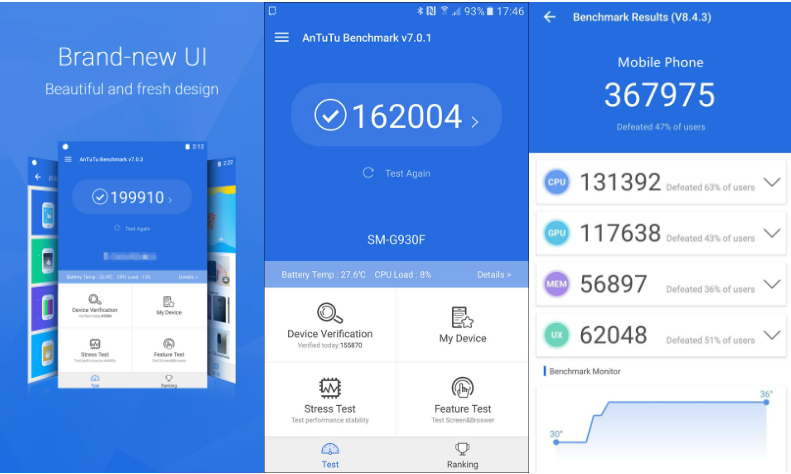
Advantages of AnTuTu Benchmark
The main advantages of using AnTuTu Benchmark are to know the quality of components used in the device as lower quality components tend to heat up under stress and triggered thermal throttling which lower the score while good quality components don't heat up that much and can work under stress which score better.
Also, AnTuTu Benchmark provides a benchmark score which can be used by users to know which device is better and by how it is evaluated.
Disadvantage of AnTuTu Benchmark
Benchmarks can be gamed easily - Sometimes device manufacturers use different code which are in favour of benchmark applications, some manufacturers even caught cheating those benchmarks by making some changes in the drivers which leads to higher performance scores than in real life performance.
So that's all for this thread, thanks for reading, hope you got to know something good!
Regards,
Sharon Anto
Please sign in
Login and share
